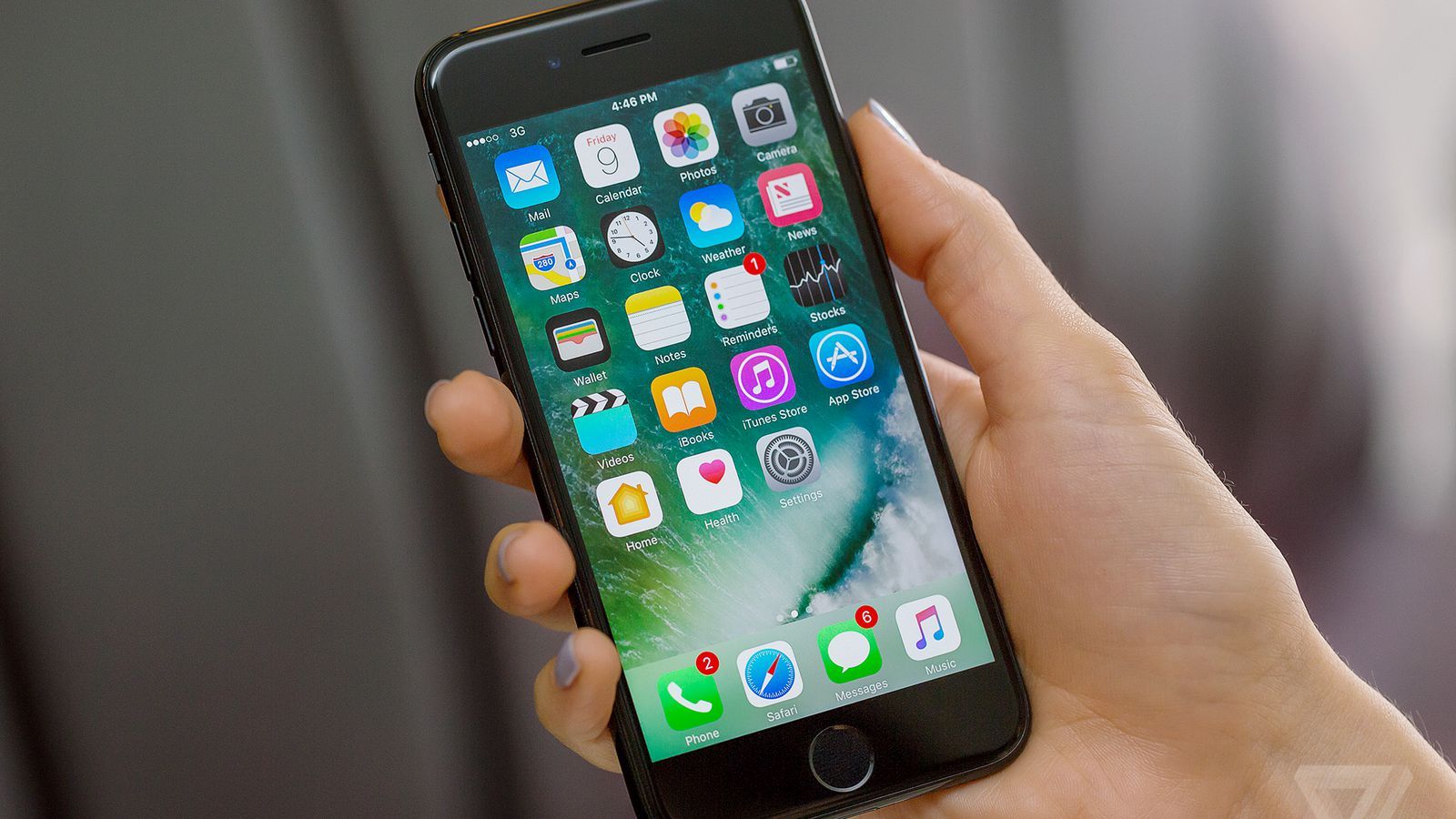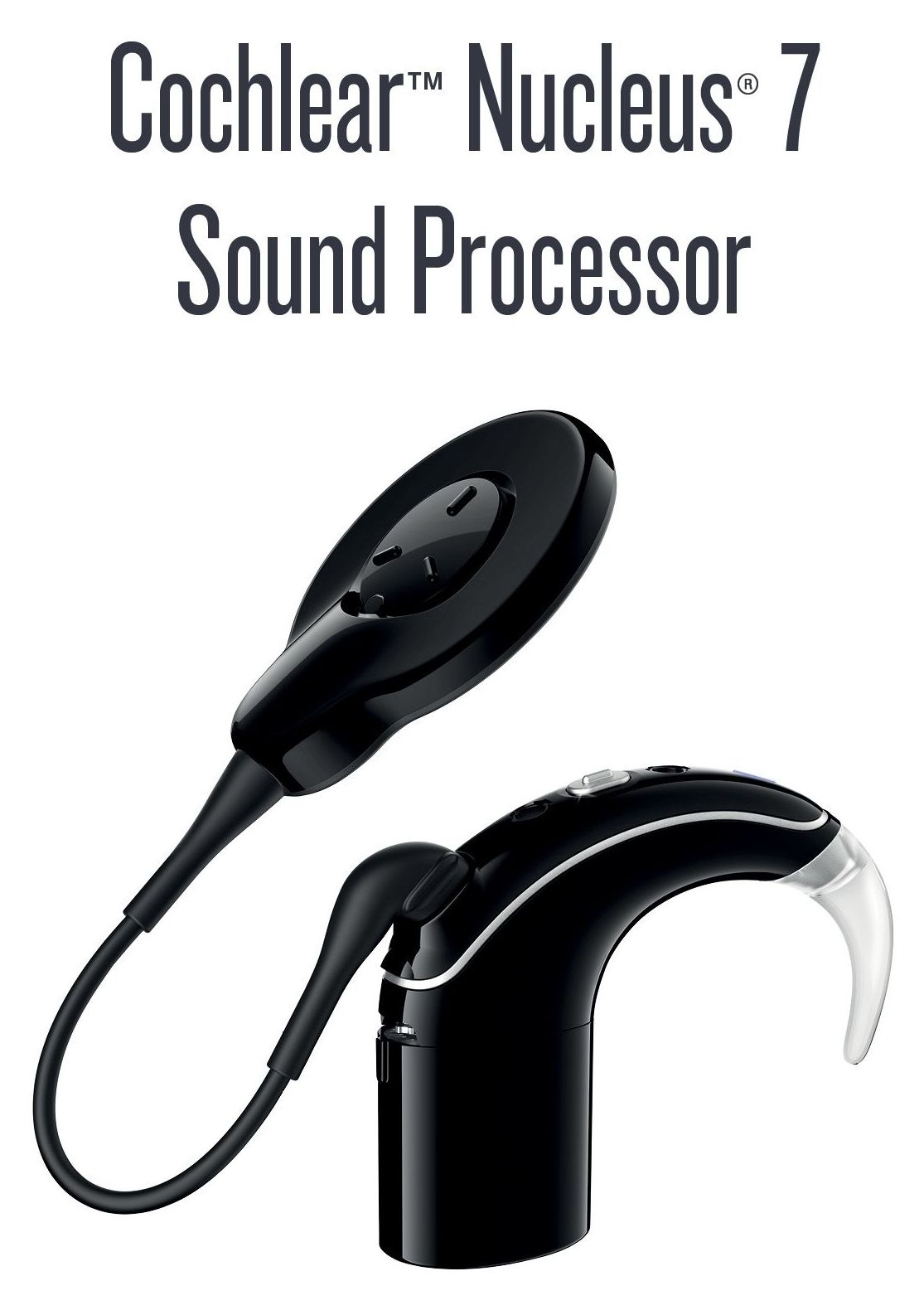Apple has officially been granted FCC approval for an experimental license to test 5G data technology — specifically in the short-range millimeter wave spectrum in the 28GHz and 39GHz bands, as reported by DSLReports. The FCC portioned off those chunks of spectrum last summer for companies to begin testing 5G technology, so it makes sense that Apple would want to start exploring 5G, especially given that it’s a major player in the world of mobile data due to the sheer weight of the iPhone in the market.





